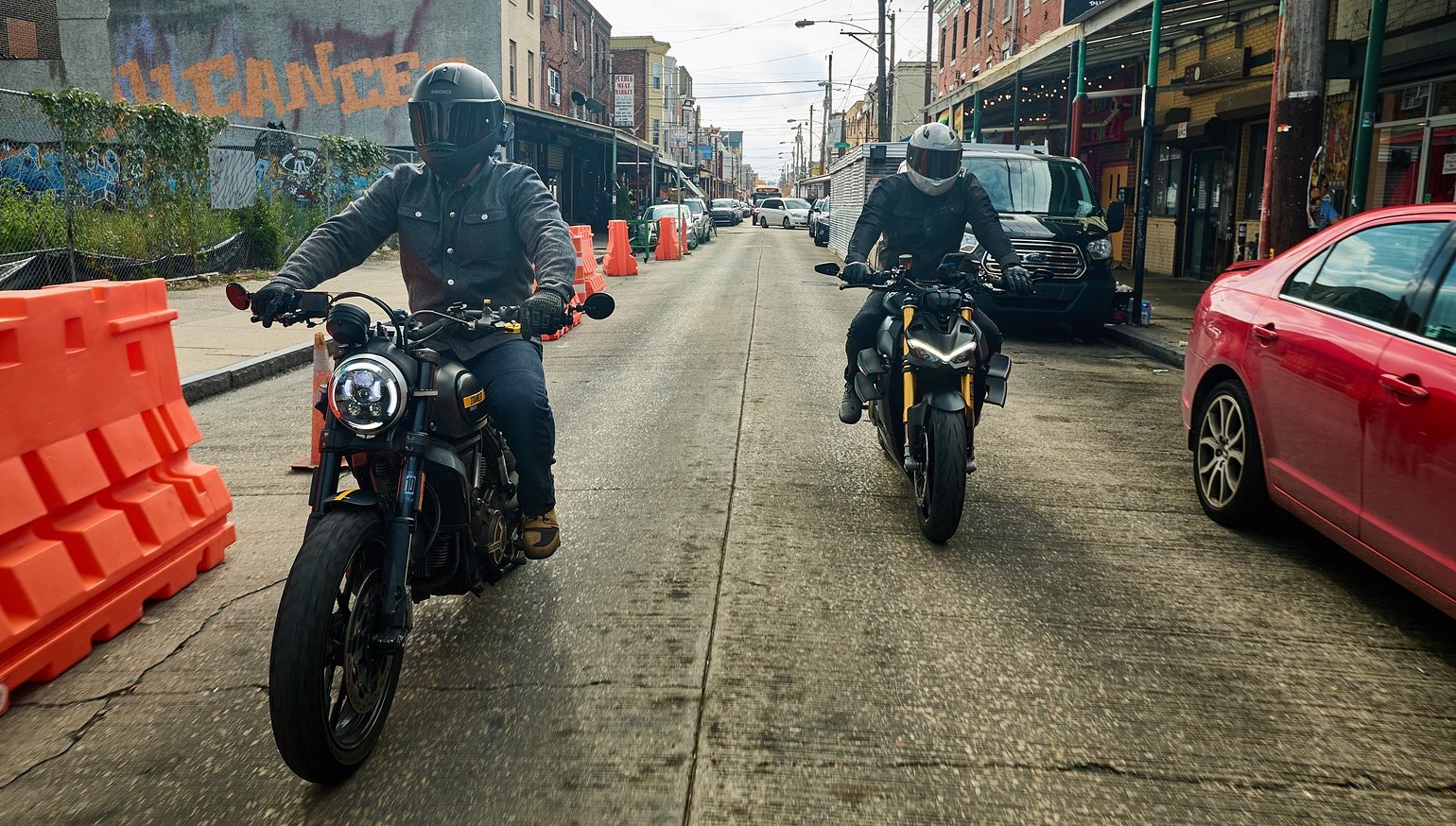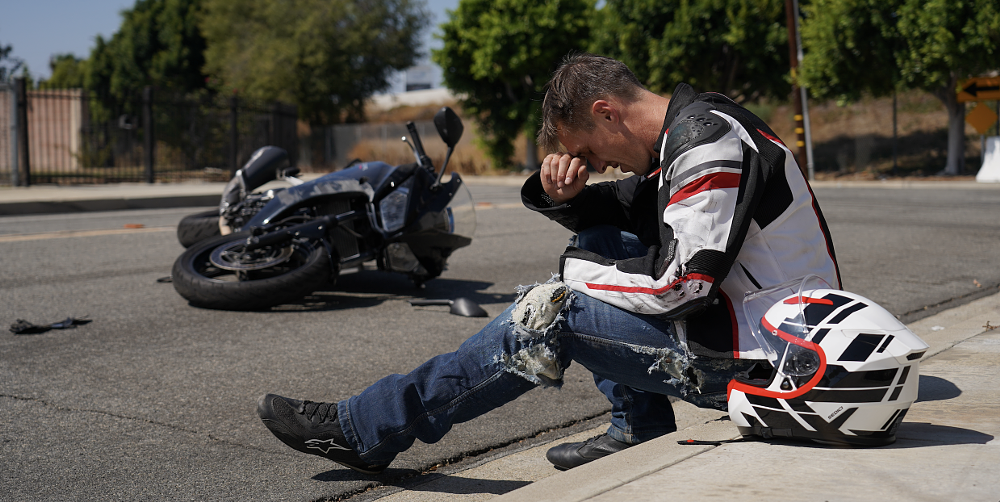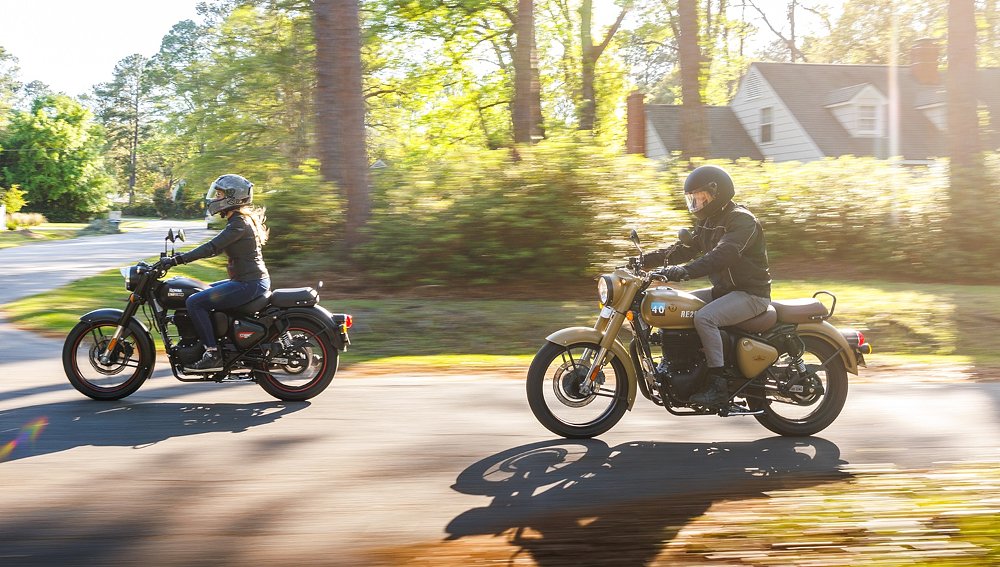Riding a motorcycle is fun, but only if you make it home from the ride unscathed. And sometimes that's challenging.
We've posted lots of articles here at Common Tread over the years about how to ride better and safer on the street (see some of them in the "Related Stories" links), but spurred by a suggestion from a reader, we decided to boil it down to our best tips. What's the single best piece of advice you could give for staying safe on the street? We asked that question of our team members — experienced and skilled riders, all — and one even more experienced Common Tread contributor.
Here are their answers, starting with contributor and riding instructor Steve Del Vecchio.
Steve Del Vecchio: It all begins with attitude
I'd ask you to reflect deeply on your attitude or mindset toward riding. Do you recognize the real risks of riding and take full responsibility for managing them? Do you deeply consider the consequences, not only to yourself, but to those who love and care about you if you get hurt or killed? And having recognized that, are you making changes in your riding to address it? Do you gear up with this in mind? Do you pursue training with this in mind? Do you practice riding skills with this in mind? Do you ride with this in mind?
Your attitude towards riding is all-important. Everything follows from that.
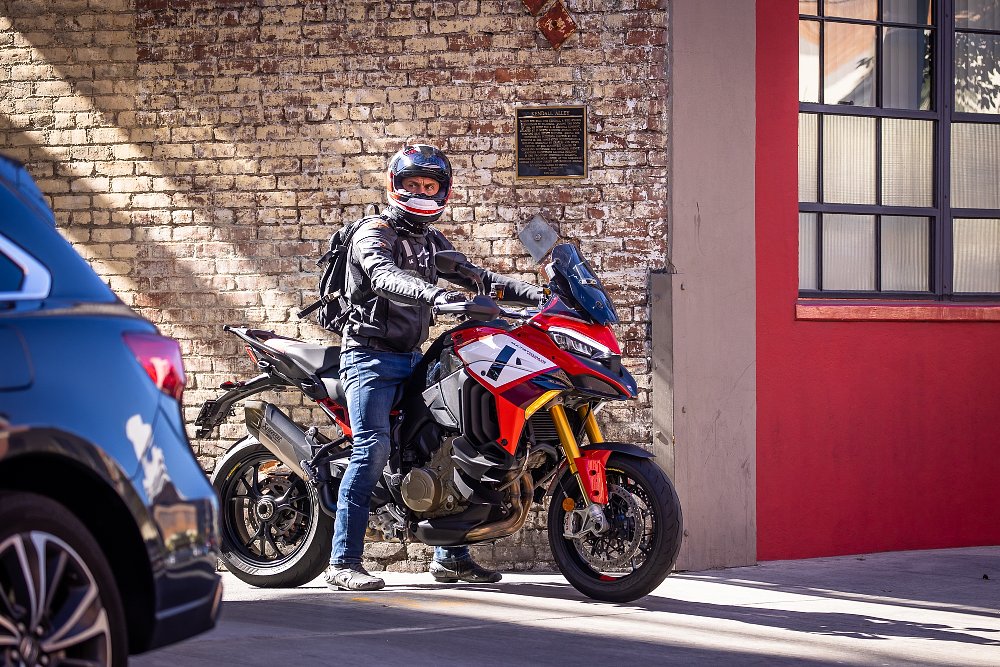
Ari Henning: Ride like everyone is out to kill you
Ride like everyone (and everything) is out to kill you.
It's a common piece of advice, and it's not an exaggeration. Compared to most peoples' transportation baseline — driving a car — traveling on two wheels is far more dangerous. Without the protection of a car, even minor accidents can be deadly, so you need to be on the lookout for danger. And there's a lot of it out there.
Drivers will pull out in front of you, drift into your lane as they stare at their phones, and generally (genuinely) not see you. Motorcyclists are small, vulnerable, and precariously balanced, so ride like everyone is out to kill you.
There are inanimate dangers, as well. Things like a patch of sand, leaked oil, or blowing leaves might not register when you're behind a steering wheel, but on a bike they could put you on the ground. Every time you pull on your helmet, let it remind you to be on the lookout for danger. Scan for threats, cover the front brake, wear bright gear, and have an escape plan.
Because when you acknowledge that everyone and everything is out to kill you and you act accordingly, you're a lot more likely to survive.
Spurgeon Dunbar: The other 240 degrees
I remember two main points from my dad teaching me to drive. First, always treat the gas pedal like there is an egg underneath. His point was to be smooth with the accelerator although, as I think about it now, I suppose the egg still would have cracked. Anyway, it made sense to me at the time. Secondly, he taught me to constantly use my mirrors and then to physically turn my head and look to double check my mirrors.
This second one is one of the most underrated pieces of advice for new drivers and riders alike. Use your mirrors, constantly. Turn your head, regularly. Know what’s going on around you at all times. In an article I wrote back in 2016 titled, Use your mirrors, save your ass, I quoted a statistic from Eric Trow’s “Stayin’ Safe Advanced Rider Training” course where he trains riders to check their mirrors every five seconds. Every. Five. Seconds.
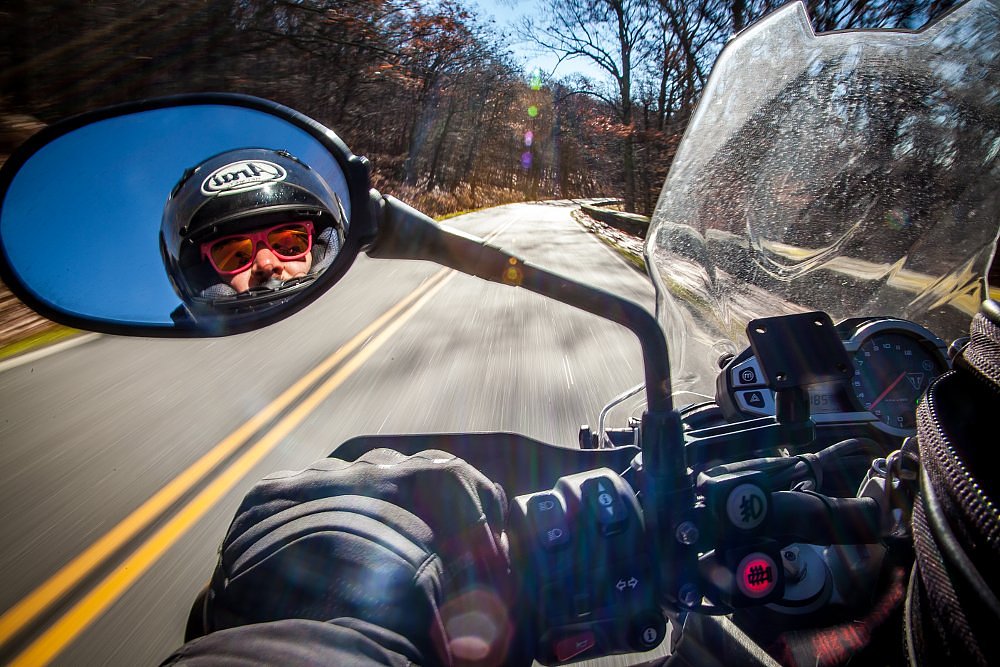
Excluding the far peripheral, a human’s field of vision is roughly 120 degrees. By only focusing on what’s in front of the bike, riders are leaving themselves exposed in the other 240 degrees around them. Someone turning into you, or hitting you from behind, is preventable if you see them coming. Don’t make excuses for others' poor judgement.
Turn your head, use your mirrors, and use them often. Like, every five seconds.
Zack Courts: It's not seat time, it's making the most of it
There's a common denominator in the best street riders I've ever seen, and it's the fact that they learn from each experience they have on a motorcycle. They care to be educated. They know they can be better and understand that every ride is an opportunity to do something that somehow gets overlooked and underrated constantly: practice.
This can come in many forms. People will tout the benefits of a track-riding school or a flat-track camp of one kind or another. While those are good ideas, setting aside the time and money for something like that can be significant. You don't have to spend lots of money on a school or plane tickets to hang out with a former world champion in order to practice the most crucial maneuvers on a motorcycle.
For starters, find an empty and safe parking lot to do some hard-braking drills. If your bike doesn't have ABS, work your way (slowly) up to feeling the rear wheel gently come off the ground or the front wheel locking up. If your bike has ABS, learn what it feels like to have the system engage and the lever pump in your hand (click here to watch Ari demonstrate). Spending a little bit of time scratching at the limits of your equipment and skills will help you be better at avoiding an accident and staying calm when things get scary. Experience isn't all about seat time, it's about making the most of it.
Dustin Wheelen: Get in gear
Only when thinking back on my days as a beginner do I realize how much safer I ride now. I attribute that to continued training and learning, be it riding courses, instructional books, or track days. It's worth noting that gaining new skills (let alone mastering them) requires months, if not years. That's a luxury new riders just don't have. That's why I often preach the value of quality gear to newcomers.
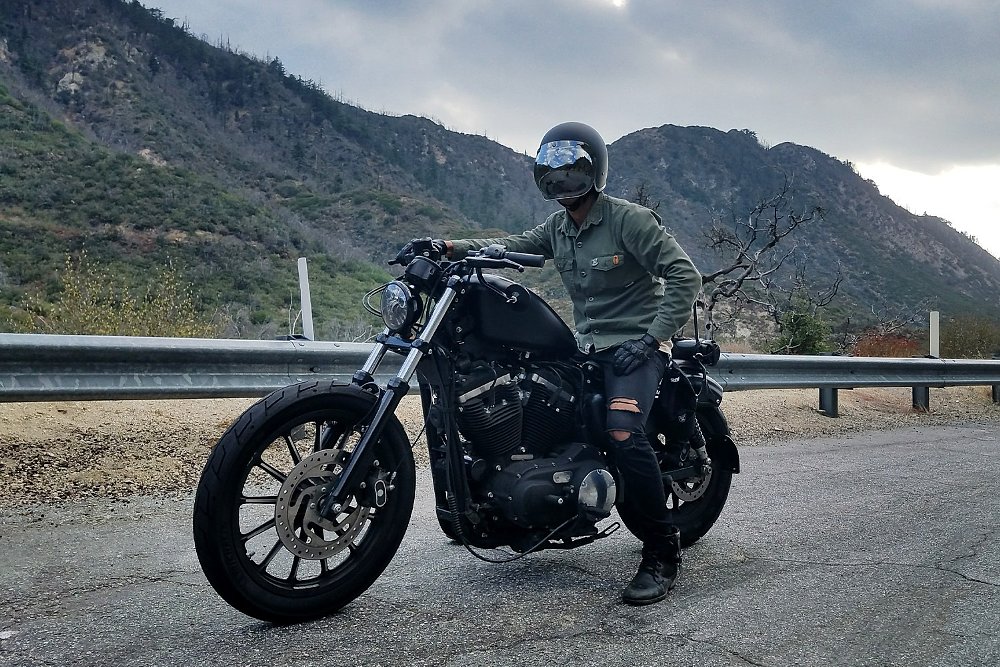
I'm embarrassed to admit that I started out as a semi-squid. I donned a half-helmet. My jeans were often torn and my boots often untied. On particularly hot days, I'd ride without a jacket, too. What. A. Rebel. Like many of us reformed squids, I only wised with time. I converted to a full-face helmet. My trendy jeans and boots were out. Dedicated riding pants and shoes were in. These days, I don't even mount a motorcycle without sliding into my airbag vest.
Developing your riding skills is one of the greatest rewards of being a motorcyclist. It just so happens to make you a safer rider, too. However, no matter what stage of your riding journey you find yourself in, wearing full protective gear is always a good idea.
Lance Oliver: Keep a cushion for safety
While cars are locked into place in a lane on a two-lane road, we motorcyclists have the huge safety advantage of being able to put a protective cushion of space between ourselves and the various threats out there by shifting our position within the lane. And yet all the time I see riders who voluntarily surrender that advantage.
It's been eight years since I wrote about how I was changing my street strategy to deal with increased distracted driving. When I see riders hugging the centerline constantly despite changing conditions around them, I can't help but imagine how easily a texting driver could drift a few feet over that centerline and end a rider's life with a cumulative 110 mph head-on collision.
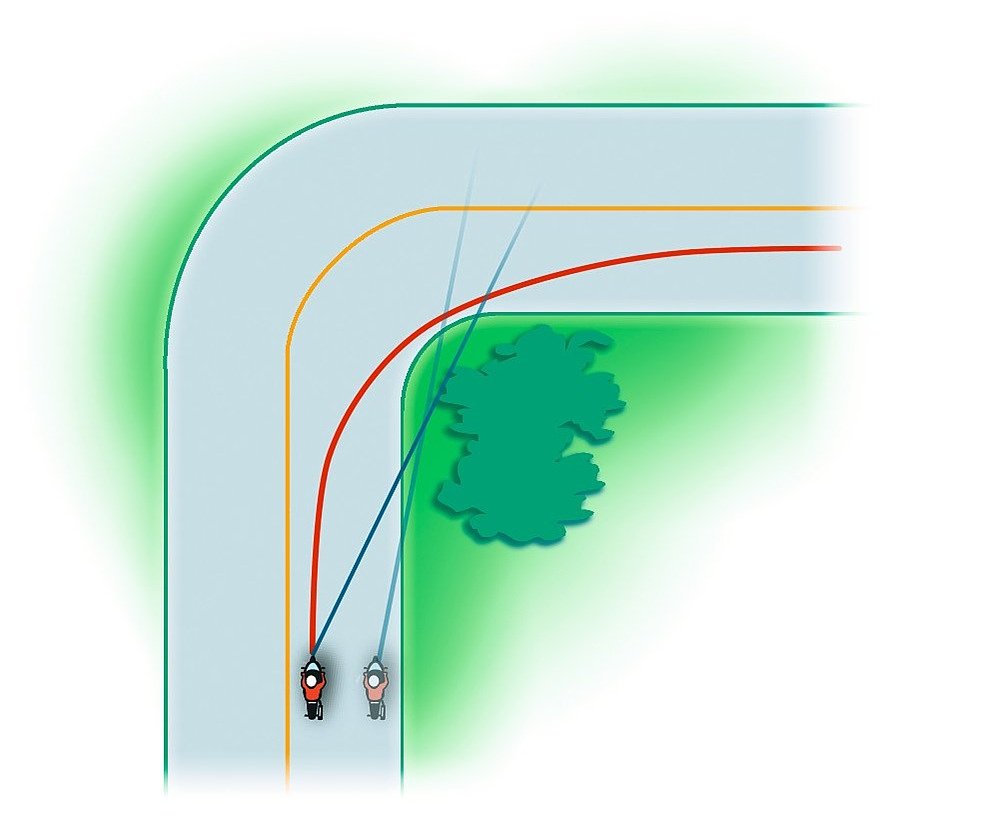
I constantly adjust my lane position. Entering a curve, I'm on the outside to maximize sight distance (as shown above). On an empty road through a forest, I'm in the left wheel track in case wildlife bursts out of the bushes but I move right when a car is oncoming, in case it wanders. Approaching an urban intersection in traffic, I stay left so I'm not invisible behind the massive pickup ahead of me and the driver of the left-turning car coming toward me can see me. On a multi-lane highway, all else being equal, I'm in the right lane, where the shoulder provides an additional escape path if there's a crash ahead, a semi blows a tire, etc.
You get the point. I constantly adjust my lane position to put a cushion of space between me and the most imminent threat. Riding in a fixed position is for parades. Not for those who care about improving their odds of getting home safely from the ride.




